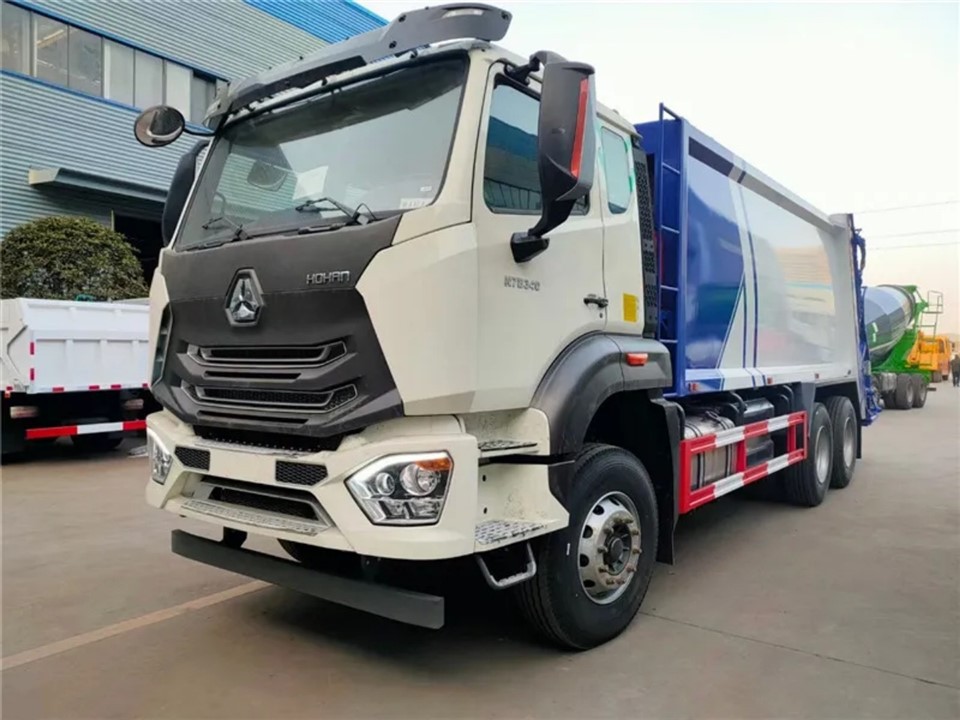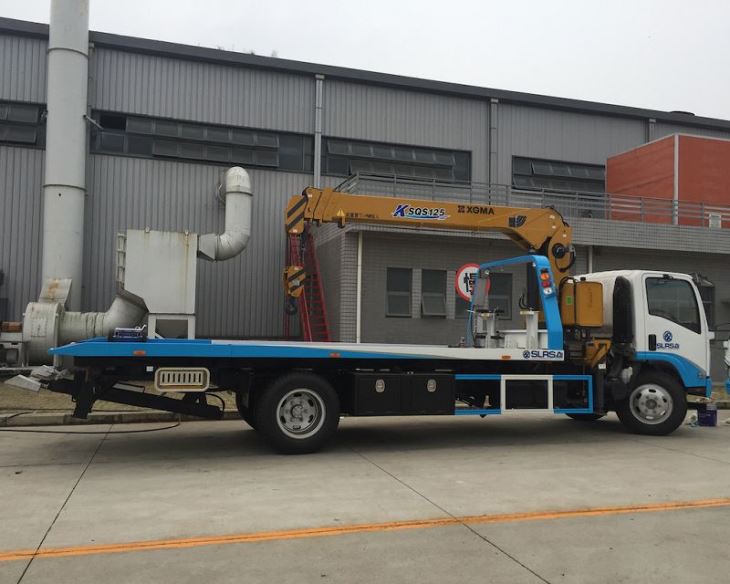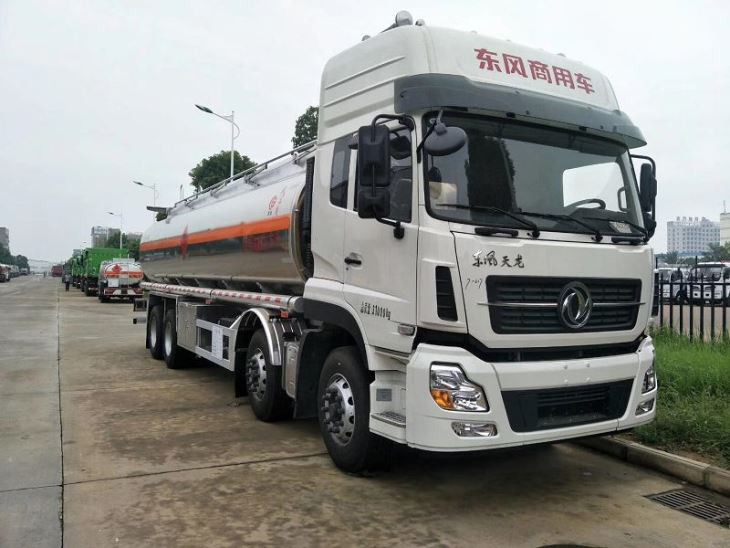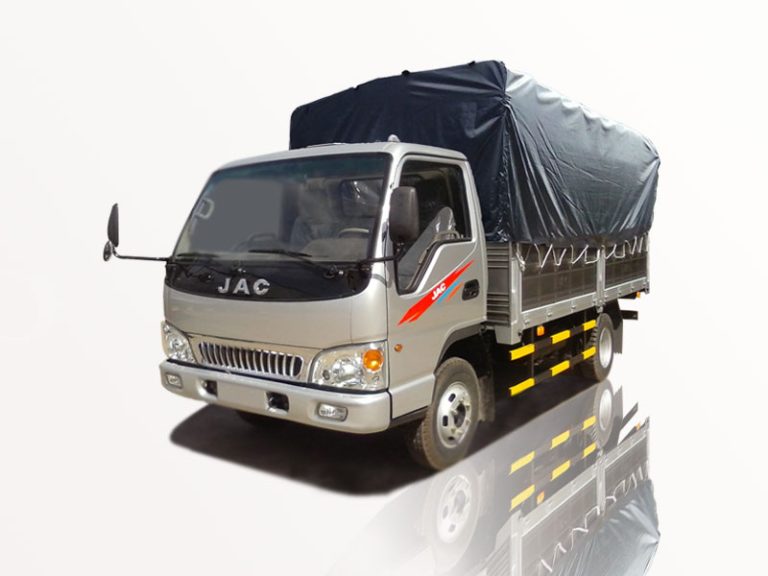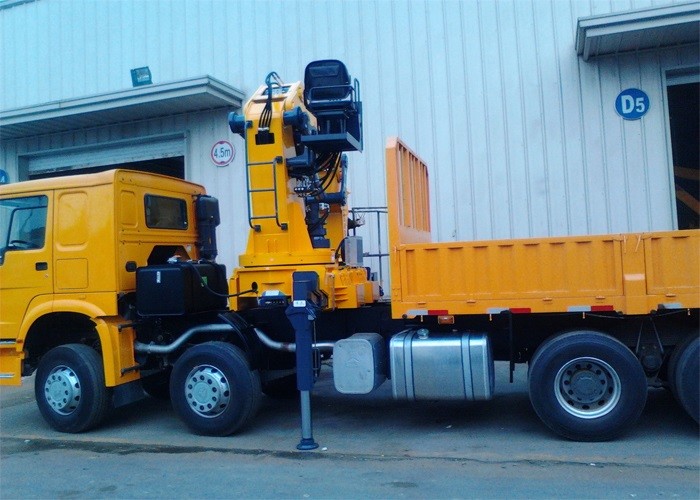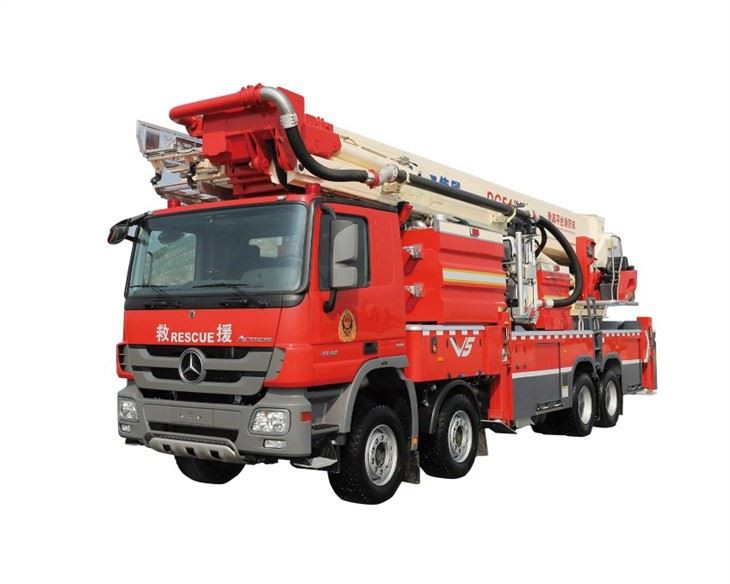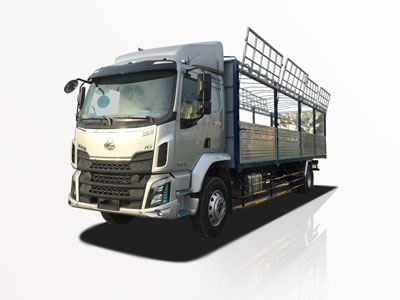When it comes to the transportation of fuel, tanker trucks play a critical role in the logistics and supply chain management of petroleum products. Understanding the capacity of these trucks is essential for various reasons, including efficiency in transportation, cost calculations, and compliance with regulations. In this article, we will explore how many gallons of gas a tanker truck holds and delve into various related topics to create a comprehensive understanding of this subject.
What is a Tanker Truck?
A tanker truck, also known as a fuel truck or petrol truck, is a specialized vehicle designed to transport liquids, primarily fuel like gasoline and diesel. These trucks come in various designs and sizes, allowing them to cater to different transportation needs. They are equipped with tanks that can hold various chemicals, water, and other liquids, depending on their intended application.
Types of Tanker Trucks
Tanker trucks can be categorized based on their design and function:
Cylindrical Tankers
- Standard cylindrical design used to transport liquids.
Compartmentalized Tankers
- Divided into sections, allowing for the transport of multiple products simultaneously.
Specialized Tankers
- Designed for specific liquids, such as chemicals or food-grade materials.
Typical Capacities of Tanker Trucks
The capacity of tanker trucks can vary significantly based on their size and design. The most common classifications include:
Light-Duty Tanker Trucks
Light-duty tanker trucks typically hold between 2,000 to 5,000 gallons of fuel. They are often used for local deliveries and can navigate urban environments with ease.
Medium-Duty Tanker Trucks
Medium-duty tanker trucks generally have capacities ranging from 5,000 to 10,000 gallons. These trucks are suited for transporting fuel between terminals and retail locations within a specific region.
Heavy-Duty Tanker Trucks
Heavy-duty tanker trucks can carry 10,000 gallons or more. They are often used for long-haul transports, delivering fuel over greater distances.
Full-Tank Capacity Table
| Type of Tanker Truck | Typical Capacity (Gallons) |
|---|---|
| Light-Duty | 2,000 – 5,000 |
| Medium-Duty | 5,000 – 10,000 |
| Heavy-Duty | 10,000+ |
Factors Affecting Tanker Capacity
Several factors influence the capacity and design of tanker trucks. Understanding these factors helps in choosing the right truck for fuel transportation.
Regulatory Compliance
Tanker trucks must adhere to various local, state, and federal regulations regarding safety and environmental impact. Compliance may affect their design and capacity.
Purpose of Transport
The intended use also determines the type of tanker truck. For instance, trucks designed for long-haul transportation may prioritize maximizing capacity over maneuverability.
Payload Weight Considerations
The weight of the fuel affects how much a truck can carry. Tankers have to balance payload limits with their total weight to remain within legal limits.
Fuel Delivery and Transportation Process
Understanding how tanker trucks operate in fuel transportation can provide insights into their importance in logistics.
Loading Process
The loading of fuel into a tanker truck typically occurs at a terminal or distribution center. The process involves safety protocols to prevent spills, leaks, or accidents.
Transportation and Delivery
Once the truck is loaded, it is dispatched to deliver fuel to gas stations or other clients. This phase requires coordination and planning to ensure timely and safe deliveries.
Unloading Process
The unloading process mirrors the loading phase, emphasizing safety and environmental protection. Grounding and bonding are crucial during this phase to prevent static electricity.
Cost Considerations in Tank Truck Transportation
Understanding the cost involved in tanker truck transportation can help businesses optimize their logistics strategies.
Fuel Prices
The cost of fuel directly affects transportation costs. Fluctuating fuel prices can impact operational budgets dramatically, making it essential for companies to stay updated on industry trends.
Maintenance and Insurance
Regular maintenance is crucial to keeping tanker trucks in operation. Additionally, insurance costs can be significantly higher for tanker trucks due to the potential risks involved in transporting fuel.
Environmental Impact of Tanker Trucks
The transportation of fuel via tanker trucks has environmental implications that cannot be ignored. Understanding these affects is crucial for making informed decisions.
Emissions and Air Quality
Tanker trucks can contribute to air pollution through emissions. Companies are increasingly looking to upgrade their fleets to newer, more efficient trucks that comply with stringent emissions standards.
Spill Risks
Spills and accidents can have catastrophic environmental effects. Training and safety measures are critical in mitigating these risks during fuel transport.
Innovations in Tanker Truck Design
As the industry evolves, innovations in technology and design continue to improve the efficiency and safety of tanker trucks.
Smart Tanker Technology
Modern tanker trucks are being equipped with GPS and sensor technology to monitor fuel levels, track routes, and ensure driver safety.
Alternative Fuel Options
With an increasing focus on sustainability, alternative fuel options are being explored for tanker trucks. This includes electric or hybrid vehicles for reduced environmental impact.
Practical Tips for Proper Tanker Truck Use
Utilizing tanker trucks effectively can lead to improved operational efficiency and lower costs. Here are some practical tips:
Regular Maintenance
Establish a maintenance schedule to keep the truck in optimal condition and prevent breakdowns during transport.
Driver Training
Invest in driver training programs that focus on safety protocols and best practices for handling hazardous materials.
Route Planning
Use route optimization tools to minimize travel time and fuel consumption. Efficient routing can lead to significant cost savings.
Frequently Asked Questions (FAQs)
1. How much gas does a standard tanker truck hold?
A standard tanker truck holds between 5,000 to 10,000 gallons of gasoline.
2. Are all tanker trucks the same size?
No, tanker trucks come in different sizes and can hold various amounts of fuel depending on their design and intended use.
3. What safety measures are in place for fuel transportation?
Safety measures include strict loading and unloading protocols, driver training, and emergency response plans.
4. How do fuel prices impact tanker truck operations?
Fuel prices affect operational budgets, influencing transport costs and profitability for logistics companies.
5. Can new technology help reduce the environmental impact of tanker trucks?
Yes, innovations like smart technology and alternative fuel options can decrease emissions and improve safety.
6. What types of liquids can tanker trucks transport?
Tanker trucks primarily transport fuels like gasoline and diesel but can also carry chemicals, food-grade liquids, and water, depending on their design.
